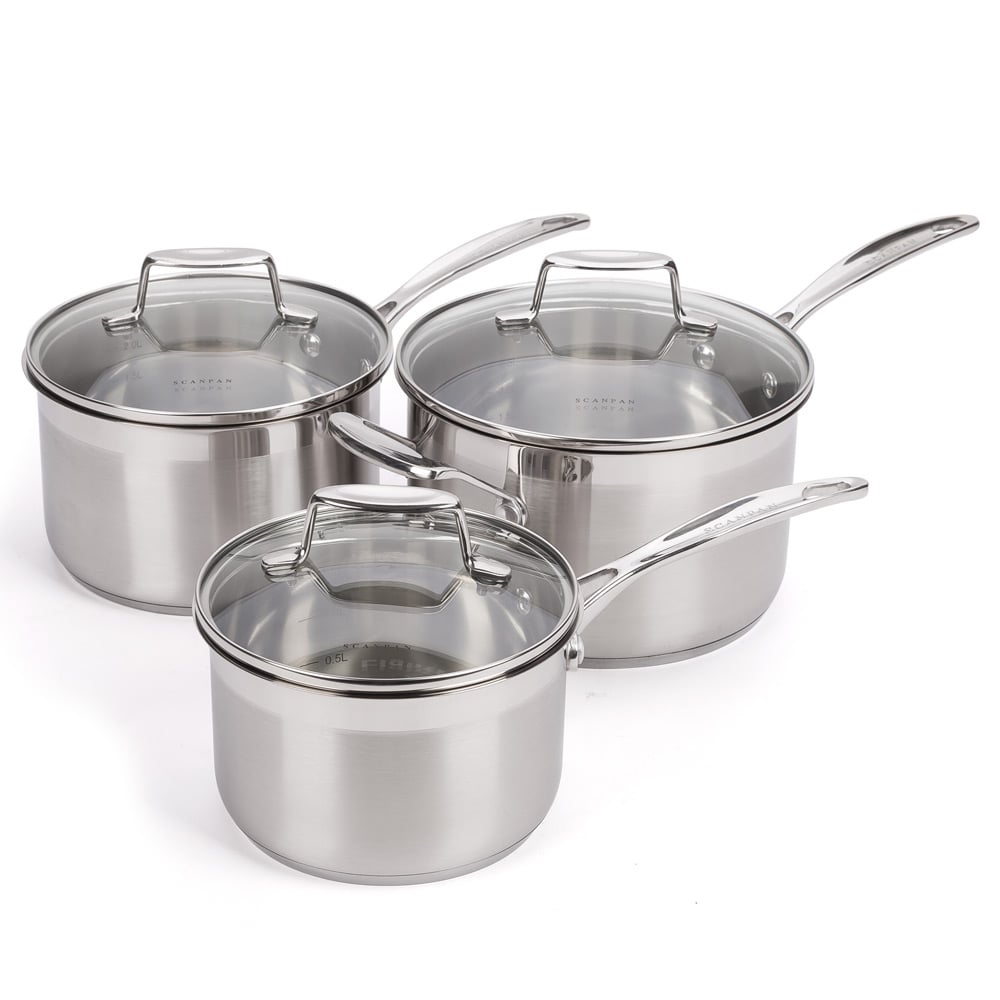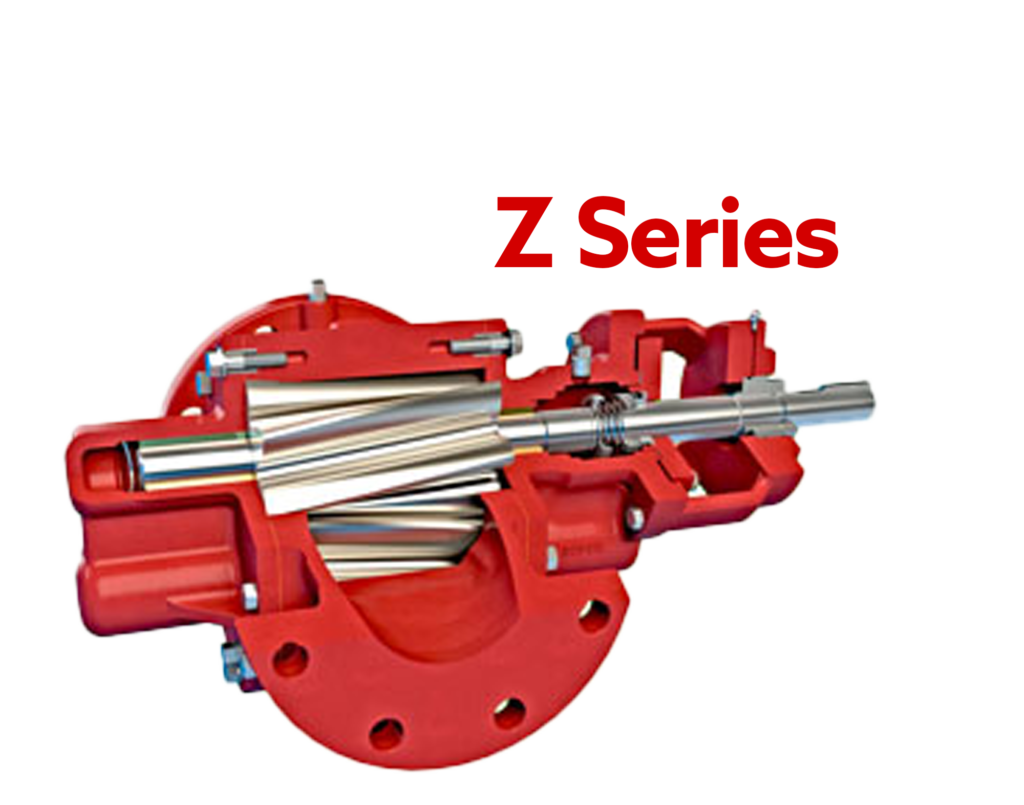Saucepans, a Cooking Essential: All You Need to Know

A vessel with a handle and a lid used for heating on the stove or other heating devices, saucepans are an integral part of any kitchen setup. They are the best choice for making various sauces, desserts and other meals. They are one of the most necessary utensils in a kitchen and part of a very well-stocked kitchen.
Table of Contents
Characteristics of a Suitable Saucepan
- Heats quickly compared to other utensils.
- Highly durable and lasts longer since they are made of high strength materials.
- Can dissipate heat as quickly as it can absorb them as they are made of very conductive materials like aluminium, copper or stainless steel.
Division Based on Materials
Based on the most common types of materials used in their making, saucepans are classified accordingly.
Ceramics
- Very advantageous when compared to other materials.
- Can withstand the heat of up to 700 Fahrenheit and used for oven and high heat stove applications.
- Non-stick quality due to natural properties and glazing.
- Can hold heat very well.
Aluminium
Being light in weight, they can have excellent heat transfer properties and distribute heat evenly. Usually impervious to scratching and other forms of physical irregularities. Gas and electric stove users prefer this type.
Stainless Steel
These materials are the most common and usually integrated with aluminium or copper to make heat distribution more even in saucepans. They are very easy to maintain and generally resistant to any form of chemical irregularity.
Things To Look For When Buying
Essential Elements
Whether it’s steel, aluminium, ceramic or a combination of all of these, the material should be compatible with the style of cooking and equipment. Each material has its own advantages and heat tolerance, for various cooking equipment, and hence one should buy it accordingly.
Shape and Size
Make sure the saucepan can hold as much quantity as required for each cooking needs. The convenience of shape also allows the pans to be stored without taking up too much space and distribute heat transfer evenly across the surface.
Coating Material
Make sure to check the type of coating material used in the pan and its heat limit. Some coating materials can have adverse effects on health by chipping off due to high temperatures. So make sure to note the tolerance limits of the utensils.

Design Feature
One should note all the design specifications before buying them and make sure it’s compatible with the type of use. Designs can range from various kinds of handles to different types or transparent or opaque lids.
Maintenance
- Wash it very carefully. Hand washing is better as forced washing can break off the pans’ non-toxic coating and reduce their longevity.
- Avoid forced and hard machine washing as much as possible. Also, don’t use it on induction stoves if not specified.
- Use soft sponges or cloth to clean the pans. Hard scrubbers can cause scratches or light damage. Always use warm water as this can facilitate the removal of impurities very easily.
- Should be stored properly so that they do not hit against other utensils and cause chipping or scratches.
- Although most are usually safe in dishwashers, it’s better to hand wash them as dishwashers can slowly erode coatings on the saucepan and make them less effective.





